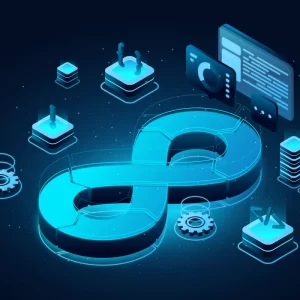Descripción del curso
In this two-day POPM Certification training course, you will learn the PM and Product Owner roles in the enterprise, how to manage the enterprise backlog, and much more.
In this two-day course, you will learn how the roles of Product Manager, Product Owner, Solution Manager, and Epic Owner drive the delivery of value in the SAFe enterprise. You’ll get an overview of the Scaled Agile Framework® (SAFe®), the Lean-Agile mindset, and an understanding of how the Product Manager and Product Owner roles operate in the enterprise to drive the delivery of value. Finally, you will get an in-depth understanding of the specific activities, tools, and mechanics used to effectively deliver value to the enterprise. This POPM Certification training course will fully prepare you to pass the exam to earn your POPM certification from Scaled Agile.
By the end of this course, you should be able to write Epics, Capabilities, Features, and User Stories within the context of SAFe, and have a solid foundation for managing backlogs and programs in a Lean-Agile enterprise.
Público objetivo
The following individuals will benefit from this course:
- Product Managers, Product Line Managers, Product Owners, Business Owners, and Business Analysts
- Solution Managers, Portfolio Managers, Program Managers, PMO personnel, and Process Leads
- Enterprise, Solution, and System Architects
Requisitos previos
Attending the class prepares you to take the exam and become a certified SAFe® PO/PM (POPM). One or more of the following prerequisites are recommended for students planning to attend this course and take the POPM certification exam:
- Leading SAFe® 4.6 and higher
- Leading SAFe® Live Lessons 4.6 and higher
- SAFe experience
Inclusiones
Con CCS Learning Academy, recibirás:
- Formación dirigida por un instructor certificado
- Manual del estudiante del seminario de capacitación
- Colaboración con compañeros de clase (actualmente no disponible para cursos a su propio ritmo)
- Escenarios y actividades de aprendizaje del mundo real.
- Soporte para la programación de exámenes*
- Disfrute de asistencia para la colocación laboral durante los primeros 12 meses después de finalizar el curso.
- Este curso es elegible para el programa Learn and Earn de CCS Learning Academy: obtenga un reembolso de la matrícula de hasta 50% si se le coloca en un trabajo a través de CCS Global Tech. División de colocación*
- Precios gubernamentales y privados disponibles.*
*Para más detalles llame al: 858-208-4141 o correo electrónico: formación@ccslearningacademy.com; ventas@ccslearningacademy.com






